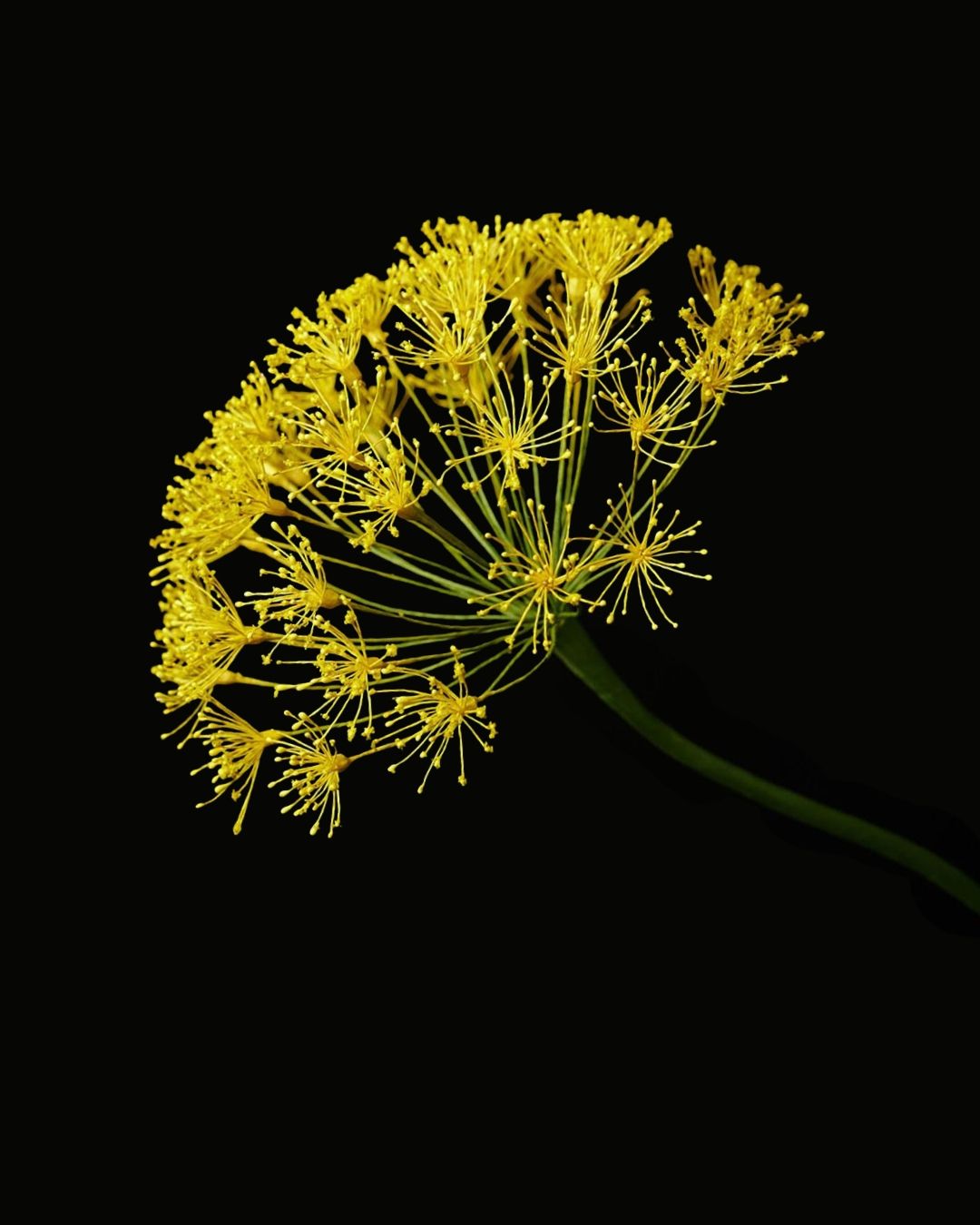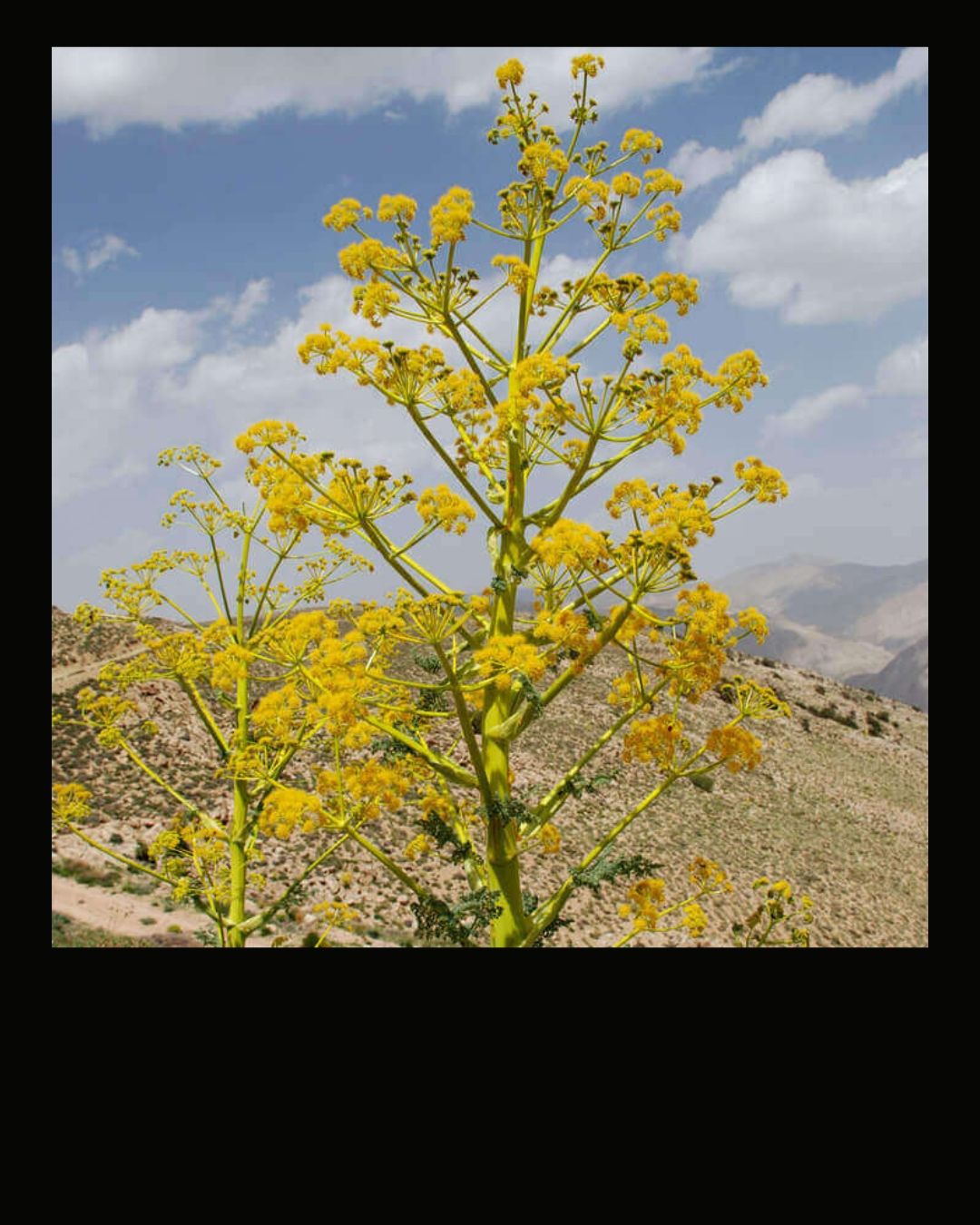
Galbanum is a resin, but it is far more than that. For millennia, it has played a central role in ritual — one of the reasons we chose to weave it into the fragrance story of Fig Milk.
Galbanum is drawn from the Ferula plant, which grows in the highlands of Persia and the Levant. For more than four millennia, harvesters have climbed rocky slopes to score its stems, collecting the milky tears that emerge. Its scent is unmistakable: sharp, green, balsamic. A vegetal intensity that feels primordial, like the first breath of spring caught in resin.
History traces galbanum through some of the most sacred spaces in the ancient world. Egyptian priests burned it alongside frankincense and myrrh, believing its clarity carried prayers closer to the divine. Unlike softer incenses, galbanum cut through heavy temple air with purifying sharpness. In Persia, Zoroastrian rituals used it as the scent of triumph — light over darkness, life over death — its piercing greenness a reflection of survival in harsh landscapes.

The Romans recognised galbanum’s genius in perfumery. Used as a foundation note, it gave compositions complexity without overpowering them. Blended with rose or iris, it transformed sweetness into sophistication — the fragrance of refinement. Medieval alchemists called it “green gold,” a material able to elevate both resins and florals, grounding them in something closer to nature.
At 39BC, galbanum finds new expression in Fig Milk, part of Vol. I: Alexandria. Here, it provides a resinous backbone beneath fig’s sweetness and violet leaf’s greenness, tempering coconut and cyclamen to prevent indulgence from tipping into excess. It is the green spine — grounding the fragrance, keeping sweetness tethered to earth, ensuring memory remains balanced by clarity.
For thousands of years, galbanum has carried the same message: fragrance must have depth, structure, grounding. In Fig Milk, it does exactly that — the note that steadies sweetness, a reminder that even in ritual, the wild world endures.
